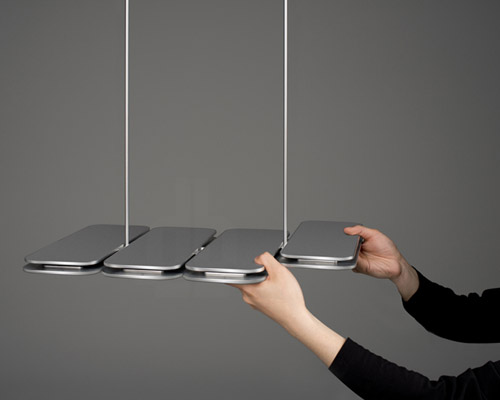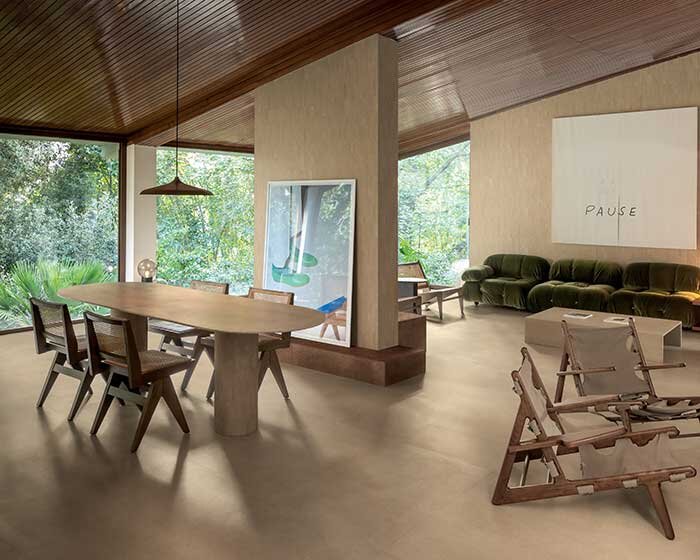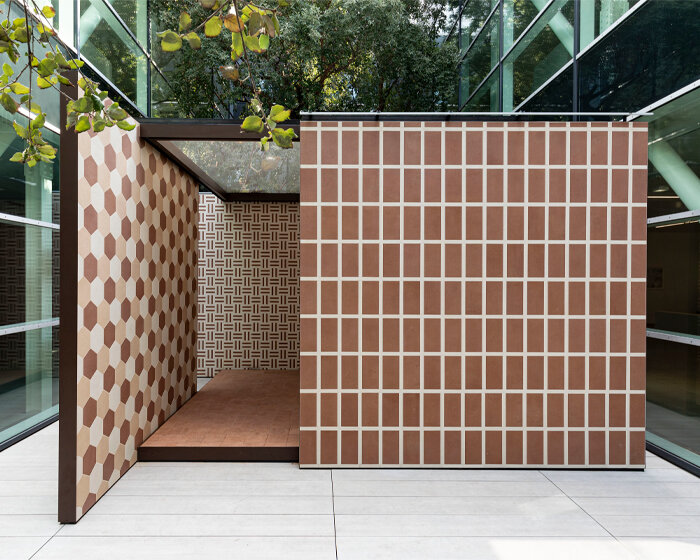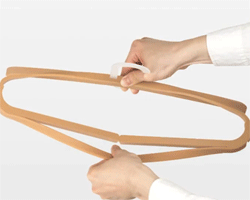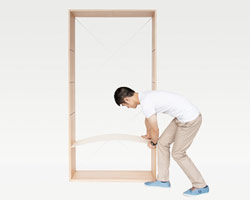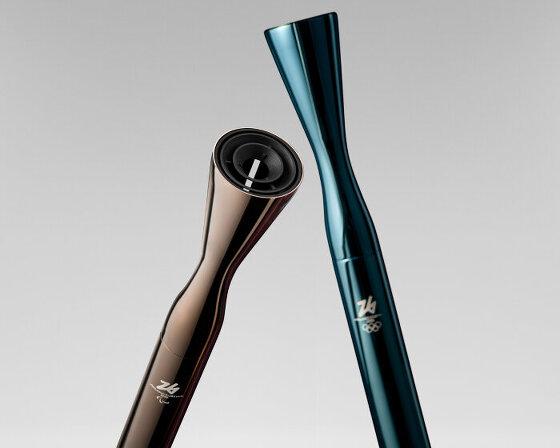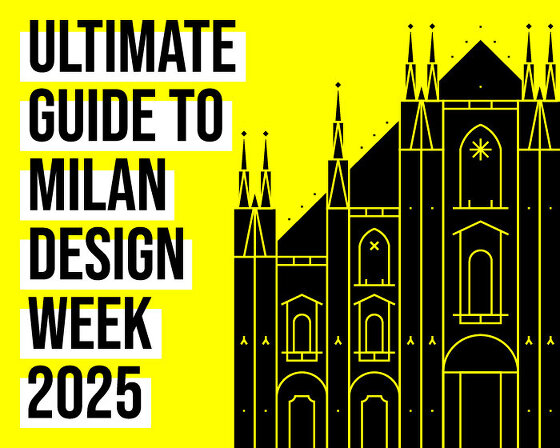ivan zhang configures P.Lamp’ with sliding modules
all images courtesy of ivan zhang
‘P.Lamp” by ivan zhang is a modular pendant lighting system without traditional exposed wires that completes circuits through the connection between the aluminum unibody of its lamps. the liberation of the wires and the low voltage of LED’s makes it possible to illuminate spaces with a variety of configurations. for instance, with the individual module having a length to width ratio of 3:1, two modules in a group will create a lighting area ranging from 6:1 to 3:2. this means that with four modules, there will be a lighting area ranging from 12:1 to 4:3. the innovative structural design of P.Lamp’ does not only provide different ways of organizing its system, but it is also easy to assemble. users can complete the four-part construction with a piece of elastic rope instead of learning the complex circuitry of the typical modern lamp.
video courtesy of ivan zhang
during an explanation of the design, zhang says ‘we need various lamps to meet the requirements in different places, such as a lamp for the work space, dinner table, bar counter, corners, etc… apart from the place, different living conditions will also have different lighting requirements even in the same space, for example, one person’s work, a family’s dinner or lots of friends’ party.’

each individual module is a closed form without exposed wire
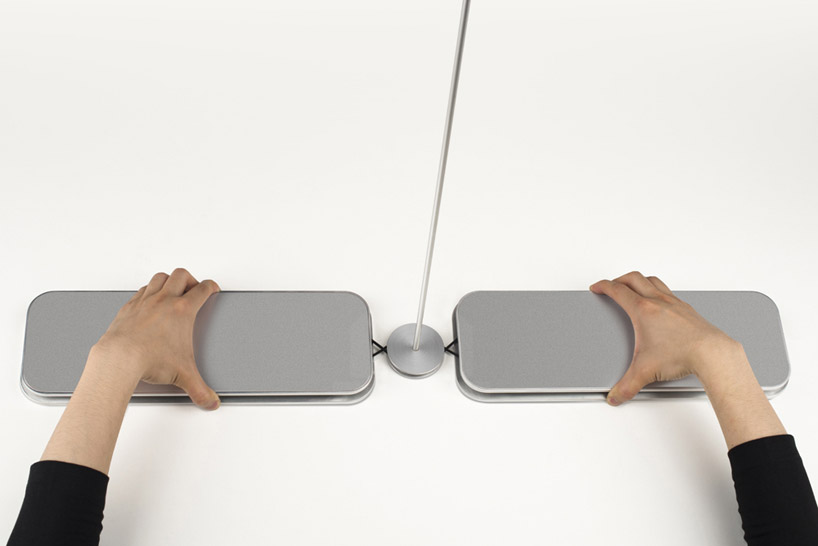
easy to assemble with a piece of elastic rope

two modules

changing form and lighting area

four modules

an aluminum unibody conducts electricity and completes the circuit through the connection between lamps
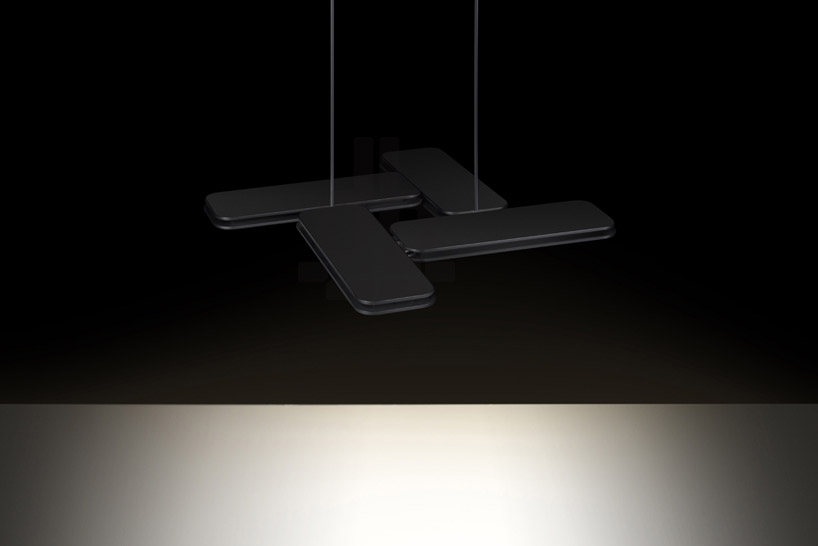
the low voltage of LED’s allows users to interact with the lamp while it is lit
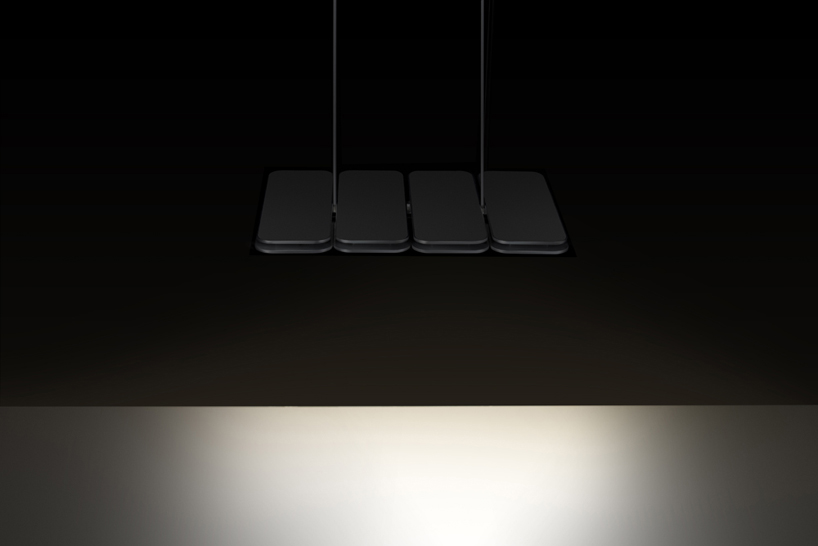
intimate lighting scenarios can be organized

the lamps can arranged in a straight line to maximize the amount of area they cover

the freedom to twist and turn the lamps creates different spatial relationships
designboom has received this project from our ‘DIY submissions‘ feature, where we welcome our readers to submit their own work for publication. see more project submissions from our readers here.
